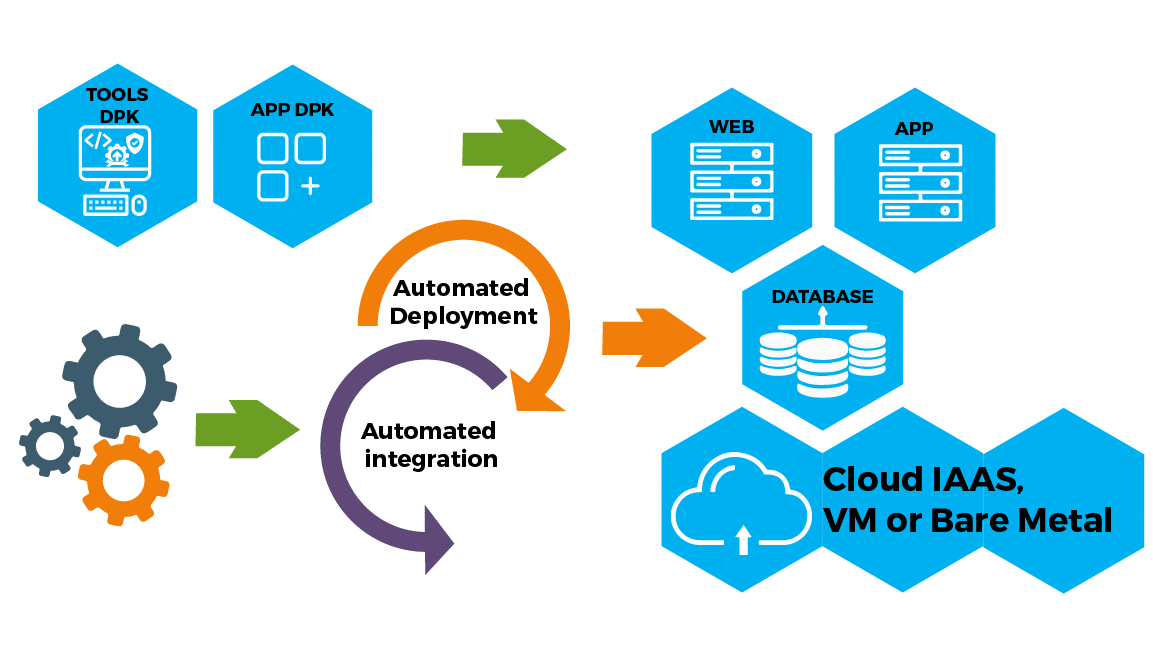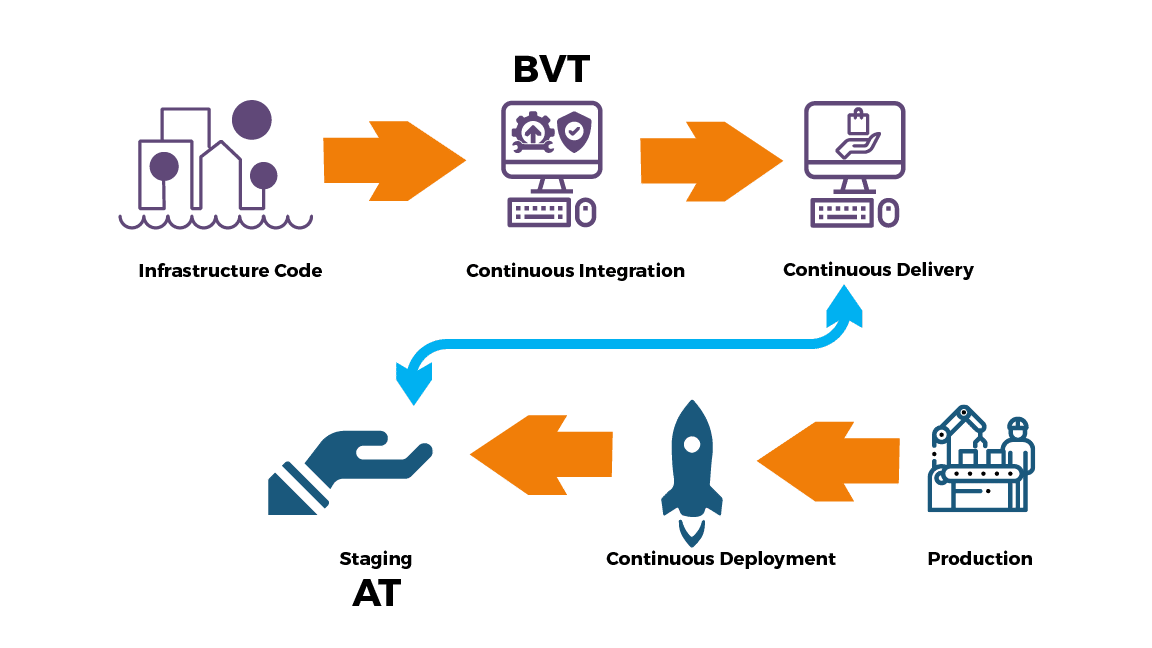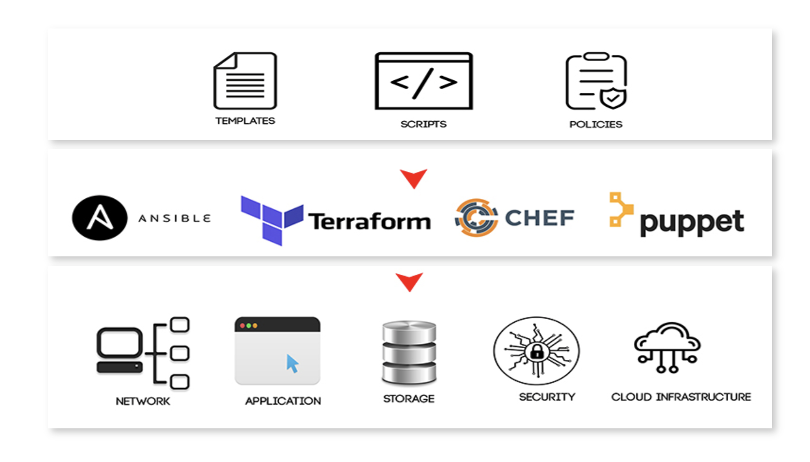Oxford dictionary defines healthcare as ' the organized provision of medical care to individuals or a community'. The crisp definition does not quite explain the purpose and goal of a good healthcare system.
According to me the complete definition of 'Healthcare' should be - an integrated system that proactively delivers care to individuals. A healthcare system should store and uses patient data and clinical data to provide better insights to patients health which in turn could helps the medical profession to give better service to the patient, at a lower cost.
From a technology providers perspective a good healthcare system uses continuous advances in technology to connect and organize the disparate entities of healthcare landscape to deliver a seamless experience to individuals and entities. Every entity in heath care landscape benefits and profits from a good healthcare system but the ultimate beneficiary has to be individual seeking healthcare services.
What needs to change for Health Care to become Human Care?
What I am trying to say is that most of the healthcare systems that exist today are focused on delivering medical services rather than health care to individuals. There is a need to build health care systems that keep the individual care at core of system design and that means life long care of every individual who approaches the system. Once a individual requires medical services he becomes part of the healthcare system and the system should proactively monitor, manage & deliver health care to individual patients. We are talking big, we are talking about system that is built around individual health care, we are talking about building a system that reaches out to individual rather than waiting for individuals to seek medical services because the purpose of a responsible society and medical community in a vibrant democracy is to ensure good health for every individual.
So what is required of a good health care system?
1) Keep a record of all individuals from birth or from the time they register
2) Own the responsibility of maintaining medical records of every registered individual
3) Use medical records and clinical data to proactively reach out to individual for health checkups
4) Post treatment of various chronic diseases proactively monitor health of registered individuals
5) Proactively deliver medical advises to all registered individuals
6) Share and connect individual's medicals history across health care network
Let me take example of a cancer patient who becomes part of health care system at a age of 60yrs. Let's assume that after taking treatment the patient gets well and goes home and does not feel the need to approach the health care hospital. Health care providers know that cancer is a chronic disease and needs life long monitoring. The health care systems should device a health care plan for the cancer patient and proactively connect with the individual to check the individuals health and recommend timely checkups to check 'recurrence' of cancer. Recurrence is common in some types of cancer and as healthcare expert the system has data to predict possibility of recurrence and can save lives by doing periodic checkup.
Another example is of an individual who becomes part of the healthcare system when he gets treated for a coronary blockage. Medical professionals and healthcare system have data to show that even after removing the coronary blockage their is high probability that the patient 'with a heart condition' may face similar medical conditions over a period of time and requires periodic checkups. The point I am trying to put across is Health Care is not just providing Medical Services, health care is about providing care for health of individuals. We as experts of IT and medicine know we can provide the Health Care in true sense by designing smart system that use the individual and clinical data and save individual's lives. Individuals who often neglect medical conditions because of lack of knowledge and ignorance can be kept in the healthcare network by proactive followups.
There is a cost associated with building such smart systems , maintaining data and proactively connect with every individual registered in the healthcare system. This cost is very small when we compare it to the medical expenses and suffering that individual has to bear if the diseases is not detected early. Insurance companies would love to have such smart health care systems that do proactive checkups and detect a medical condition which will help them save billions in treatment of the insured individuals. The challenge is we do not have such Smart Health Care systems that have built in Care Module that benefits individuals, insurance companies as well as health care providers because everybody wants affordable health care.
Smart Health Care is need of our society because
- Smart Health Care ensures proactive monitoring and early detection of medical issues
- Smart Health Care saves money spent on health of every individual
- Smart Health Care ensure limited medical infrastructure can service more individuals
- Smart Health Care ensures insurance companies pay less on medical treatments of their insured
- Smart Health Care uses data for predicting diseases
- Smart Health Care can help pharma industry to develop better medicine
- Smart Health Care can help countries eradicate many diseases/illness
- Smart Health Care ensures healthy and productive community
- Smart Health Care is also a right of every individual
Smart Health Care, Covid and Data
#Covid is a latest use-case that proves that a Smart Health Care system would have simplified management of Covid cases, it would have helped us give better treatment to all registered individuals and it would have given us real time clinical data to find effective treatment procedure for epidemic like Covid. After months of treatment scientist found that certain medicine was not effective for treatment of Covid because we do not have a unified system to collect data of individuals. If we had every individual registered with one or more healthcare systems we could have analyzed data in real time and within weeks we could have identified the most effective treatment procedure and saved millions of lives. In 2021 everybody understand the value of data, unfortunately we do not have a system to collect, store and derive insights from the data.
In the next post -
I hope you have followed my thought behind this post. In the next post I plan to share a high level design of a smart health care system that is beneficial as well as profitable to every entity in healthcare system.. A system that delivers benefit to individuals, to hospitals, to insurance companies as well as the scientist and pharma companies. I am talking about changing the way we look at health care 'as a service for those who want it' and make healthcare 'an essential service that takes care of people in an inclusive manner'. The time has come to move from Health Care to Human Care and guarantee proactive monitoring of health and timely and affordable treatement to every individual, to woman, men as well as new born children by plugging them to the healthcare network.
In a connected world no human should be disconnected from Health Care network. When our public as well as private healthcare providers unite to build a seamless heatlcare network we can really truly deliver Human Care aka healthcare with human touch and not just medical treatmen to those who reach a hospital for treatment and those who can afford the hospital expenses.













